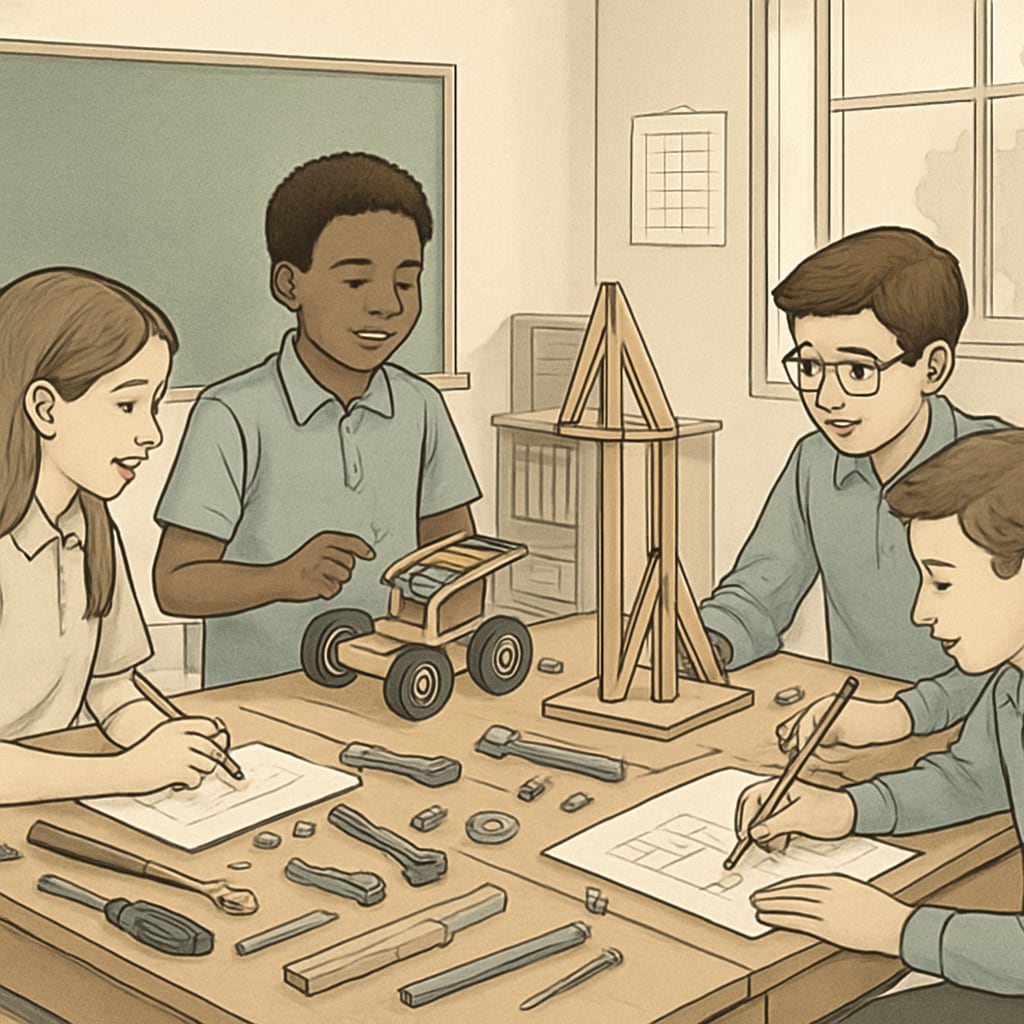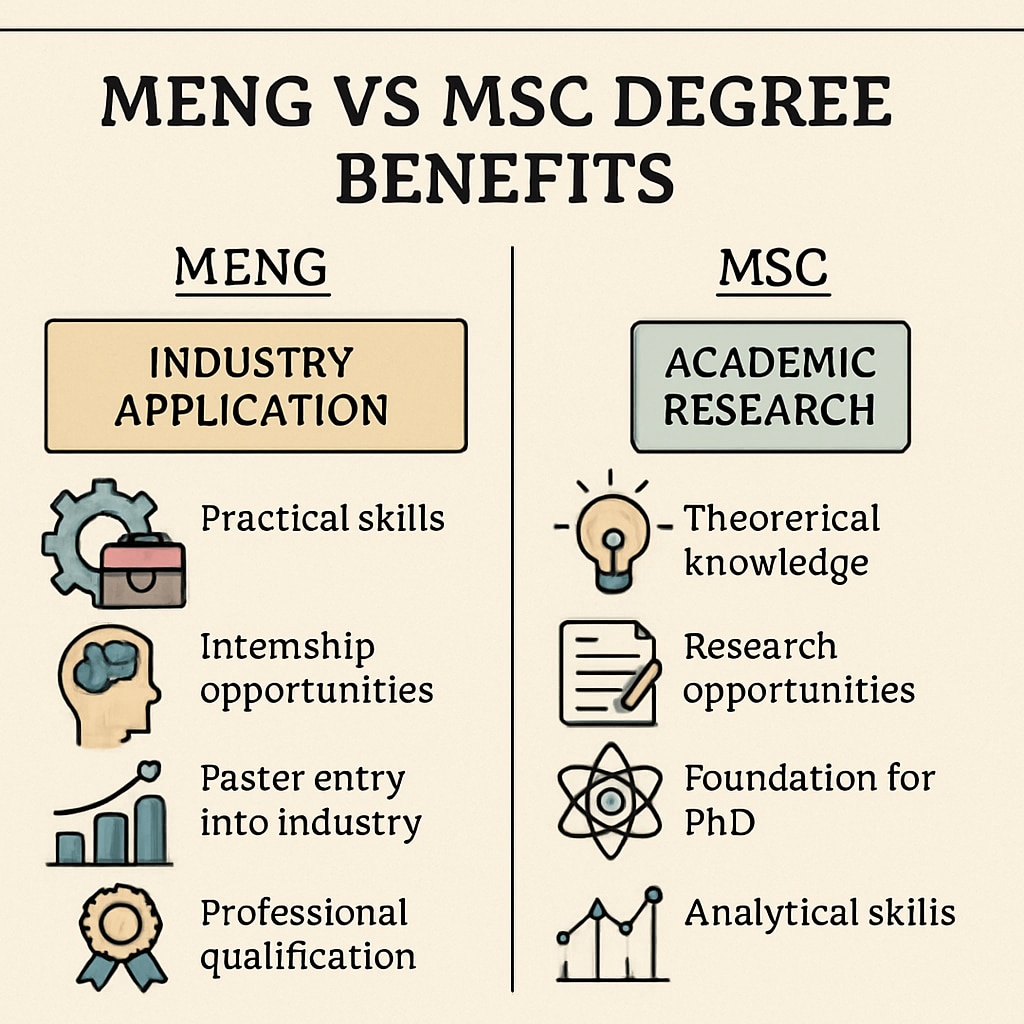Choosing between an MEng (Master of Engineering) and an MSc (Master of Science) in design engineering is a critical decision that shapes career trajectories. But how can students prepare for such decisions early in their academic journeys? Building a strong foundation in engineering design thinking during the K12 years is essential for fostering problem-solving skills, creativity, and innovation. By integrating STEM (Science, Technology, Engineering, and Mathematics) education and practical learning, educators can nurture future engineers equipped to excel in advanced degrees and dynamic industries.
Why K12 Education Matters for Future Engineers
The K12 stage is a formative period for developing cognitive and practical skills. Introducing design engineering concepts early allows students to engage with real-world problems and understand the interdisciplinary nature of engineering. For example, hands-on projects like building simple machines or coding basic algorithms offer young learners a glimpse into the problem-solving and analytical mindset required in professional engineering roles.
Moreover, early exposure to engineering principles can guide students in identifying their passions and aptitudes. This helps them make informed decisions about pursuing higher education, such as an MEng or MSc, and aligns their academic choices with career aspirations.

The Role of STEM Education in Shaping Design Thinking
STEM education provides the framework for cultivating design thinking, a core competency for any engineering discipline. Design thinking emphasizes iterative problem-solving, where students learn to empathize with users, define challenges, ideate solutions, prototype models, and test outcomes. These steps mirror the real-world engineering process, making STEM education an essential tool for K12 students preparing for advanced degrees and careers.
For instance, a school-based robotics competition can introduce students to the principles of mechanical engineering, programming, and teamwork. Similarly, environmental science projects focused on sustainability can inspire students to explore green engineering solutions. These experiences not only build technical skills but also foster creativity and critical thinking.
STEM Practice in Action: A Case Study
A notable example comes from a middle school in California that implemented a year-long STEM program focused on renewable energy. Students worked in teams to design and build small-scale wind turbines. The project incorporated physics (energy conversion), mathematics (efficiency calculations), and technology (using 3D printers for turbine blades). By the end of the program, students not only gained technical knowledge but also developed the collaborative skills vital for both MEng and MSc pathways.
MEng vs. MSc: Understanding the Differences
As students move toward higher education, they often face the choice between pursuing an MEng or an MSc in design engineering. While both degrees offer advanced engineering training, they differ in focus and outcomes:
- MEng (Master of Engineering): Often more industry-oriented, focusing on practical applications, project management, and real-world engineering challenges. Ideal for students aiming to enter the workforce directly or take on leadership roles in engineering projects.
- MSc (Master of Science): Typically research-focused, emphasizing theoretical knowledge, advanced technical skills, and academic inquiry. Best suited for students interested in pursuing doctoral studies or careers in academia and research.
By fostering design engineering thinking in K12 education, students are better prepared to evaluate these options based on their interests and career goals.

Preparing Students for Career Development
In addition to academic preparation, K12 education should also equip students with soft skills essential for career success. Communication, adaptability, and teamwork are just as critical as technical expertise in the engineering profession. Educators can integrate these skills into STEM activities through collaborative projects, presentations, and peer reviews.
Furthermore, partnerships with local industries and universities can provide students with mentorship opportunities and exposure to real-world engineering environments. For example, high school internships in tech companies or university outreach programs in engineering labs can inspire students to pursue advanced degrees and help them visualize their future careers.
In summary, building a strong foundation in design engineering during K12 education is crucial for preparing students for the challenges of higher education and their eventual career paths. By integrating STEM principles, fostering design thinking, and offering real-world experiences, educators can empower the next generation of engineers to thrive in both MEng and MSc programs and beyond.
Readability guidance: This article uses short paragraphs and lists to enhance accessibility, incorporates descriptive examples, and maintains a focus on actionable insights. Transition words like “for instance” and “as a result” are distributed throughout the text to ensure smooth flow.


